Bearded Dragon
- January 4, 2024
- 0 comment
The bearded dragon, scientifically classified as Pogona, stands out as a captivating reptilian companion. Originating from the arid regions of Australia, these creatures have become increasingly popular as pets, with the Central Bearded Dragon being the most commonly kept species. Recognizable by their spiky appearance and the unique “beard” under their throats, bearded dragons exhibit a docile nature, making them particularly suitable for beginners.
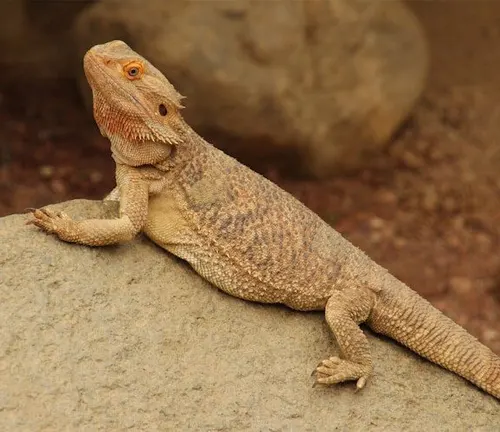
Their adaptability to various environments, coupled with a lifespan of up to 15 years in captivity, has endeared them to reptile enthusiasts. Proper care involves providing a spacious enclosure with specific temperature gradients, a balanced diet consisting of insects, vegetables, and fruits, and access to UVB lighting for calcium metabolism. Beyond their physical needs, bearded dragons can form bonds with their human caretakers through gentle handling and interaction.
As educational companions, they offer insights into responsible pet ownership for families, while their appearance in popular culture adds to their charm. Whether basking under a heat lamp or exploring their enriched environment, bearded dragons bring a touch of the wild into our homes, creating a unique and rewarding experience for their human companions.
| Specification | Details |
|---|---|
| Scientific Name | Pogona |
| Common Species | Central Bearded Dragon, Inland Bearded Dragon, etc. |
| Size | Varies by species; adults typically 12-24 inches |
| Lifespan | Up to 15 years or more in captivity |
| Habitat | Arid regions of Australia; desert-like environments |
| Physical Features | Spiky appearance, distinctive “beard” under the throat |
| Diet | Omnivorous; insects, vegetables, fruits |
| Temperament | Generally docile, can become tame with regular handling |
| Enclosure Size | Depends on species; adults require spacious enclosures |
| Temperature Range | Basking spot: 95-110°F (35-43°C); cooler side: 75-85°F (24-29°C) |
| UVB Lighting | Essential for calcium metabolism; 10-12 hours a day |
| Social Behavior | Generally solitary; can live with other bearded dragons with proper introductions |
| Common Health Issues | Metabolic bone disease, respiratory infections, parasites |
| Breeding Conditions | Requires specific conditions, including a nesting area |
| Legal Considerations | Check local regulations for reptile ownership |
| Interaction with Children | Educate children on proper handling; supervision is crucial |
| Accessories for Enclosure | Hiding spots, climbing structures, varied textures |
Bearded dragons, scientifically known as Pogona, inhabit the arid regions of Australia. They have a spiky “beard” under their throats, which they can puff up to appear larger. While there are several species of bearded dragons, the most common ones kept as pets are the Central Bearded Dragon and the Inland Bearded Dragon.
Choosing the Right Enclosure
Creating a suitable environment for your bearded dragon is crucial for their well-being. The enclosure should be spacious enough to allow for movement and include proper heating and lighting elements. A basking spot with a temperature gradient is essential for their thermoregulation.
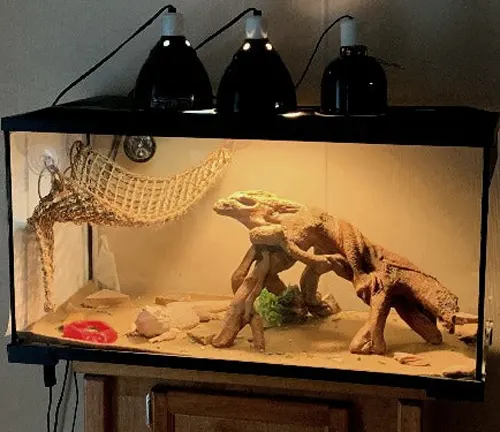
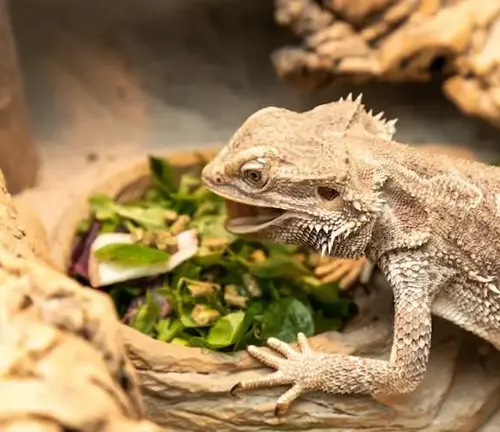
Feeding and Nutrition
Proper nutrition is vital for the health of your bearded dragon. They are omnivores, requiring a balanced diet of insects, vegetables, and fruits. Contrary to popular belief, feeding them only insects or vegetables is not sufficient. A well-rounded diet is essential for their growth and development.
Handling and Socialization
Bearded dragons can become tame with gentle handling. Regular interaction helps in building trust and forming a bond between you and your pet. However, it’s crucial to approach them with care, respecting their need for personal space.

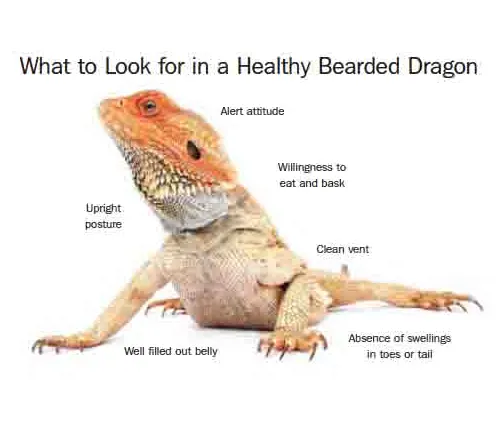
Health and Common Issues
Monitoring your bearded dragon’s health is essential. Signs of a healthy dragon include clear eyes, alertness, and a well-rounded body. Common health issues such as metabolic bone disease and respiratory infections can be avoided with proper care and a suitable environment.
Bearded Dragon Breeding
Breeding bearded dragons requires careful planning and consideration. Creating the right conditions, including a suitable nesting area, is crucial. Pregnant bearded dragons need special care to ensure a successful breeding process.
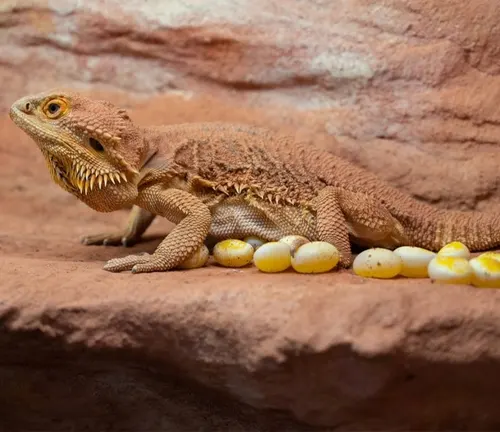
Legal Considerations
Before bringing a bearded dragon into your home, it’s essential to be aware of local regulations regarding reptile ownership. Some regions require permits or licenses for keeping certain species, and adherence to these rules is crucial for responsible pet ownership.

Bearded Dragons and Children
While bearded dragons can make excellent pets for families, it’s essential to educate children on proper handling and care. Supervision is crucial to ensure the safety of both the dragon and the child. These reptiles can also serve as valuable educational tools, teaching children about responsibility and biology.
Bearded Dragon Accessories
Enhancing your dragon’s enclosure with the right accessories is essential. Providing hiding spots, climbing structures, and a variety of textures can create a stimulating environment for your pet. These additions contribute to their overall well-being.
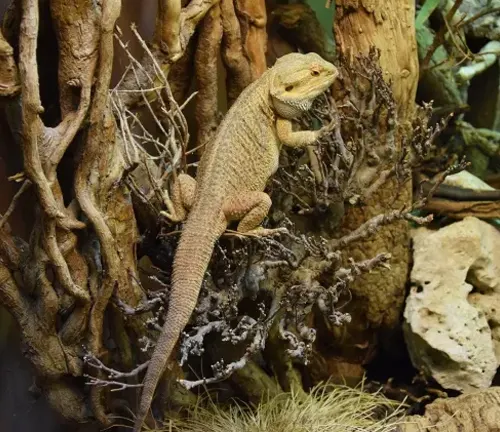
Myths and Facts
There are several myths surrounding bearded dragons, such as their aggression and the belief that they don’t require UVB lighting. Dispelling these myths and understanding the facts is crucial for providing optimal care for your bearded dragon.
Bearded Dragons in Popular Culture
Bearded dragons have made their mark in popular culture, appearing in various movies, TV shows, and literature. Their unique appearance and charming demeanor have contributed to their widespread popularity as pets.
Interactive Activities with Bearded Dragons
Engaging in interactive activities with your bearded dragon can strengthen your bond. From gentle petting to introducing new stimuli, these activities contribute to their mental stimulation and overall happiness.
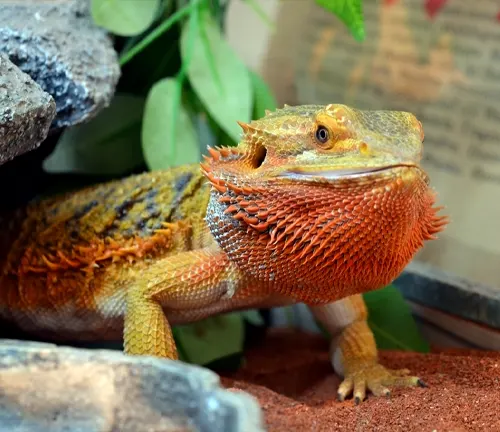
Bearded Dragons’ Lifespan and Aging
Understanding the lifespan of bearded dragons is essential for long-term care. With proper nutrition and a suitable environment, bearded dragons can live up to 15 years. Caring for elderly dragons may involve adjustments to their diet and providing additional support.
Different Species
Central Bearded Dragon
(Pogona vitticeps)
This is the most popular and widely kept species in captivity. Central bearded dragons are known for their docile nature and adaptability to various environments.
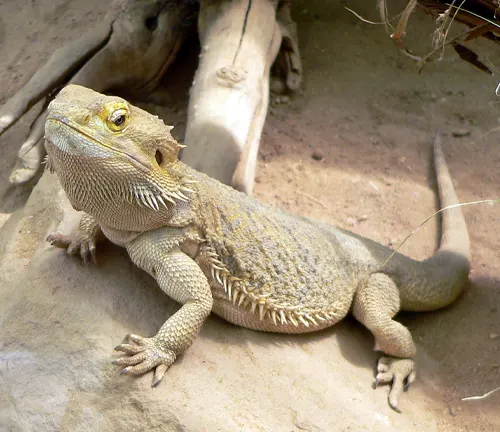
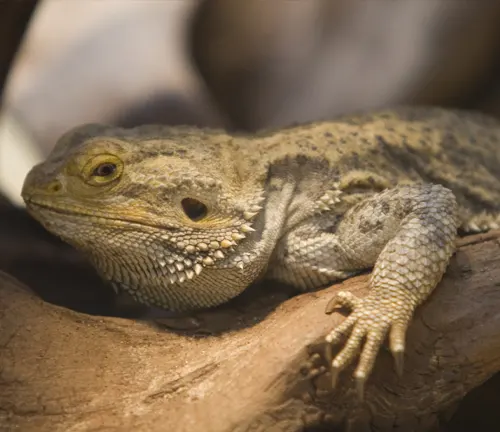
Inland Bearded Dragon
(Pogona minor minor)
Similar to the Central Bearded Dragon, the Inland Bearded Dragon is native to Australia. It shares many characteristics with its central counterpart, making it a sought-after species among reptile enthusiasts.
Rankin’s Dragon
(Pogona henrylawsoni)
Also known as the Lawsons or Black Soil Bearded Dragon, this species is smaller in size compared to the Central Bearded Dragon. They are characterized by their distinct coloration and spiky appearance.

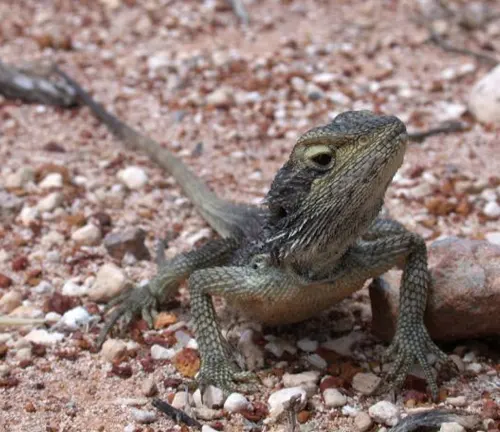
Western Bearded Dragon
(Pogona minor minima)
Found in the western regions of Australia, this species is adapted to arid environments. They have unique color patterns and are well-suited to a desert-like habitat.
Dwarf Bearded Dragon
(Pogona minor mitchelli)
As the name suggests, the Dwarf Bearded Dragon is smaller in size compared to other species. They are known for their vibrant colors and are found in various regions of Australia.
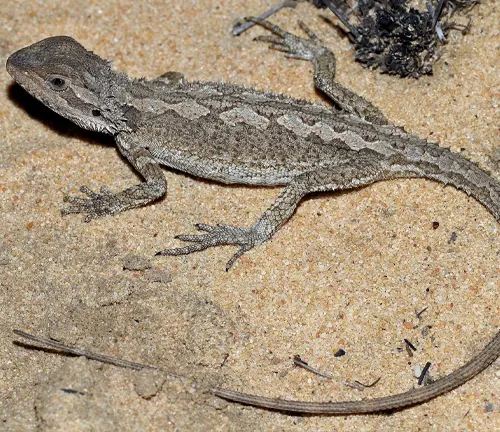
Frequently Asked Questions (FAQs)
- Do bearded dragons make good pets for beginners?
Bearded dragons are often recommended for beginners due to their friendly nature and relatively easy care requirements. - What do bearded dragons eat, and how often?
Bearded dragons have an omnivorous diet, including insects, vegetables, and fruits. Feed them a balanced diet, adjusting quantities based on their age and size. - How can I set up the perfect enclosure for my bearded dragon?
Ensure a spacious enclosure with proper heating, lighting, and a variety of substrates. Include hiding spots, basking areas, and climbing structures. - How do I know if my bearded dragon is healthy?
Signs of a healthy bearded dragon include clear eyes, alertness, regular shedding, and a well-rounded body. Unusual behavior or changes in appetite may indicate health issues. - Can bearded dragons live together, or should they be kept alone?
Bearded dragons are generally solitary, and cohabitation can lead to territorial issues. It’s recommended to keep them individually unless breeding under controlled conditions. - What is brumation, and do all bearded dragons go through it?
Brumation is a reptilian form of hibernation. While not all bearded dragons experience it, many may go through a period of reduced activity and appetite during colder months. - How do I handle and tame my bearded dragon?
Approach your dragon calmly and support them with both hands. Regular, gentle handling helps build trust and familiarity. Start with short sessions and gradually increase the duration. - Do bearded dragons need veterinary care?
Regular veterinary check-ups are advisable to ensure your dragon’s health. Seek professional advice if you notice any signs of illness or behavior changes. - Can bearded dragons be potty trained?
Bearded dragons may have specific areas where they prefer to relieve themselves. Observing their habits and placing a designated substrate can help with potty training. - What is the average lifespan of a bearded dragon?
With proper care, bearded dragons can live between 10 to 15 years or even longer in captivity.


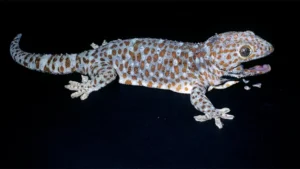
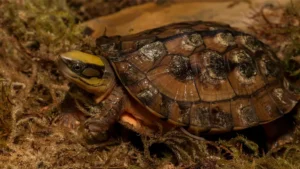
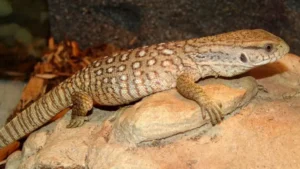
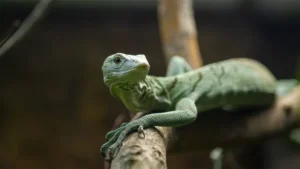
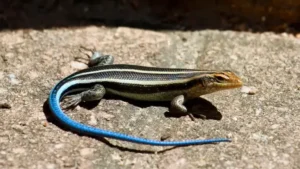
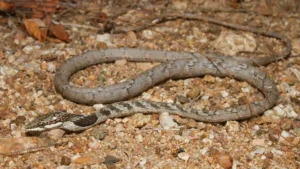



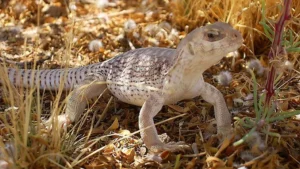
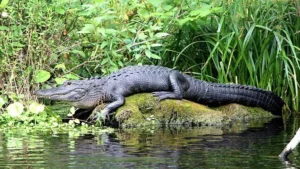

Leave your comment